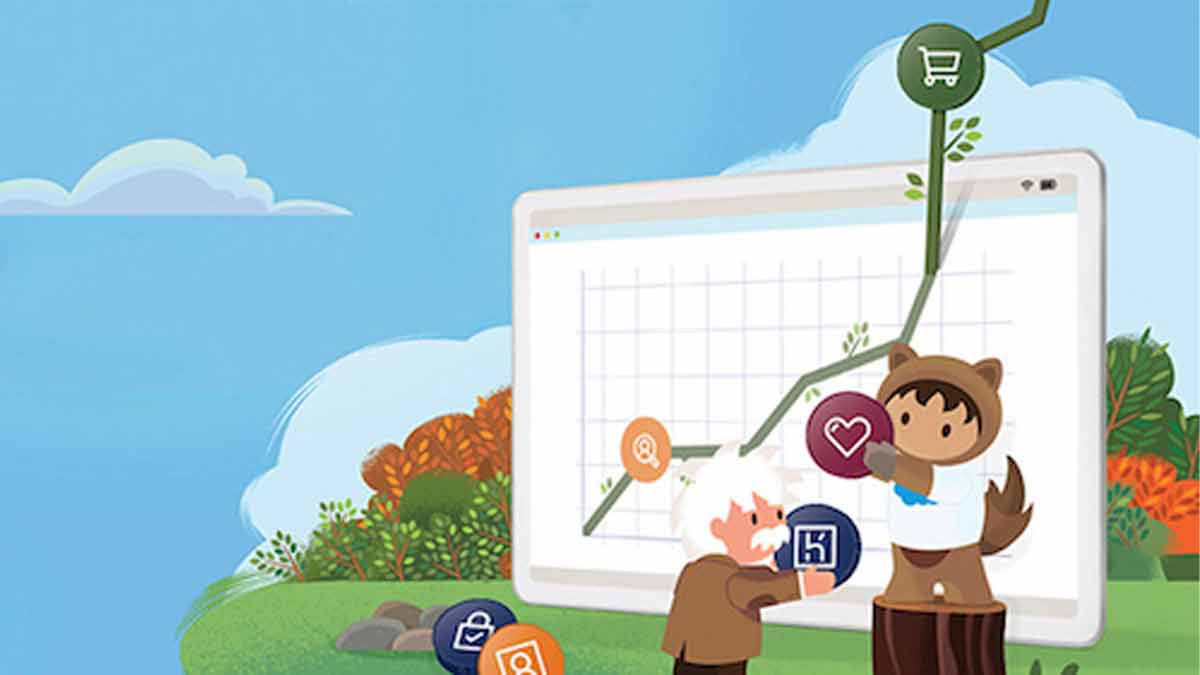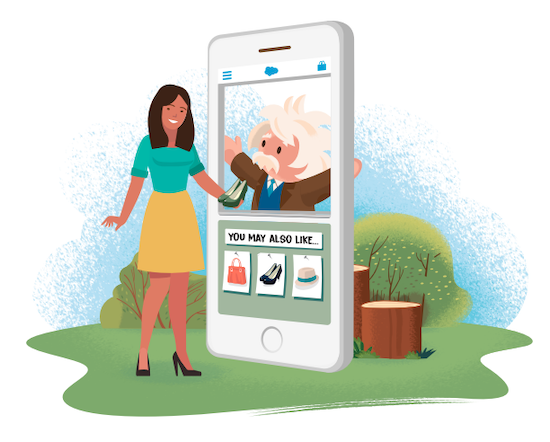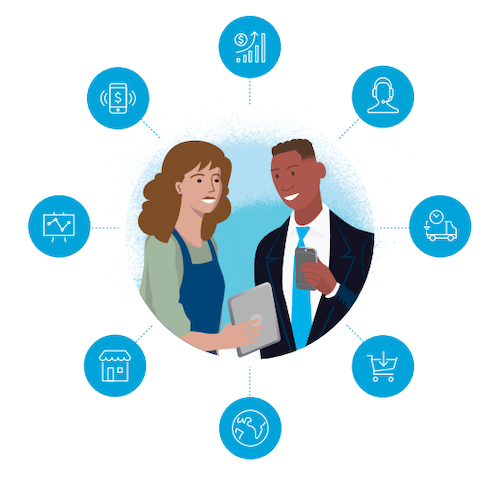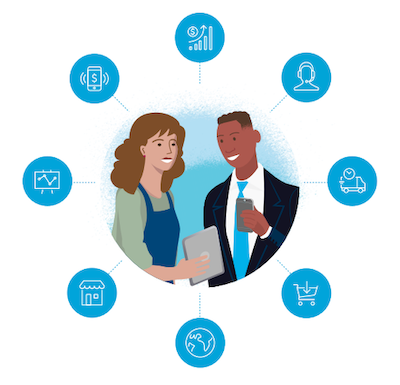CRM systems have become integral for B2B and D2C success for years. In a hyper-competitive climate, engaging the customer is paramount. And in a landscape that has suddenly grown dark and silent, the battle for visibility has never been fiercer.
The global health crisis has permanently changed the way we do business. With social distancing measures resulting in an e-commerce boom, customers expect personalised service. They want bespoke experiences and 24/7 convenience. The traditional experience is being replaced by digital transformation, dynamic interactions, and D2C commerce.
For industry leaders, the current moment presents a golden opportunity. They have a chance to evolve, face the future, and accelerate their CRM platforms. In doing this, they can start delivering on increased customer expectations.
Here are a few ways that CRM tools can turbo-charge platforms and jumpstart growth in B2B and D2C commerce.
Discover new customers
With more customers turning to e-commerce platforms for goods and services, focussing on D2C channels is a great way for brands to provide standout experiences. Considering more than half of customers say that they intend to make a purchase when visiting a manufacturer’s website. But that doesn’t mean that their journey needs to end there. Businesses can use their D2C channel to promote everything! From exclusive discounts and social media pages to how-to content and limited-edition products.
Use your D2C channel to:
- boost the visibility of important partners
- offer visitors store-finder tools
- give away in-store coupons
- provide detailed product information
Try to make your channel useful to customers who normally visit brick-and-mortar shops. You can also think of this channel as your brand’s showroom. A place where its unique voice can be amplified and customers can find new, exciting ways to engage with your products. This is especially important for appealing to younger generations.
Even stone-faced luxury brands are now focussing on crafting more personal messaging. And the D2C channel is the perfect opportunity for businesses to design a singular world to engage the customer.
Stay-at-home measures have also helped to drive B2B commerce onto digital channels. Businesses can optimise B2B engagement by using AI to provide personalised experiences and simplify recurring orders. B2B collaboration is a good way to strengthen relationships, too. Consider cross-promotional materials and personalised portals with chatbots. Ease-of-use is an important consideration when optimising digital B2B channels. So it’s critical to balance these collaborative tools with functionality.
Drive Customer Engagement With CRM
In an age of digital transformation, providing a good product or service is no longer enough to win. The savvy modern consumer has come to expect more from their online journey. Today’s customer wants to find detailed product information and specs. They like to be able to source reviews from a knowledgeable community and join loyalty programmes. All these touch points offer different ways to connect with the customer. It keeps them engaged and helps to drive sales.
Going beyond the transaction presents a great opportunity to add value to the customer relationship. Consider sending the customer a personalised card, thanking them for their purchase. You can even include a free sample in their delivery or point them towards discounted or related products. The smallest details can make the biggest impact.
Using data to deliver personalised services is also crucial for boosting consumer engagement. AI can provide customer insights from every search, click, and transaction. This enables businesses to craft attention-grabbing emails packed with relevant information.
Data insights are also useful when creating special offers and unique coupons. The redemption will provide further insights for segmenting audiences and crafting future campaigns. The more information that businesses have on their customers, the easier it is to provide exactly what that customer needs, when they need it most.
Turn Engagement Into Conversions
Customers now use an average of 10 channels when engaging with brands. So it’s important that businesses implement a cross-channel conversational commerce strategy. This allows customers to move from conversation to transaction within their preferred channels.
Interactions on these channels should be highly personalised. Utilising chatbots, automated messaging, and real-time service can help businesses deliver a seamless customer journey.
This end-to-end communication should carry through to B2B channels as well. Businesses need to turbo-charge their marketing to stay aligned with evolving B2B needs. Creating targeted nurture campaigns to reach B2B customers with upsell and cross-sell emails will help build loyalty and recurring revenue. Meanwhile, real-time alerts can keep sales teams updated and armed with the latest information.
These are just a few of the ways that businesses can jumpstart commerce growth. Especially in an evolving and increasingly competitive climate. Customers are heading to new places and businesses are accelerating their digital transformation to meet them there.
Learn more about how CRM can help businesses get ahead in the new landscape with our How to Jumpstart Growth in Commerce guide. And if you are looking for workplace solutions to move forward and succeed in challenging times, check out Work.com.







